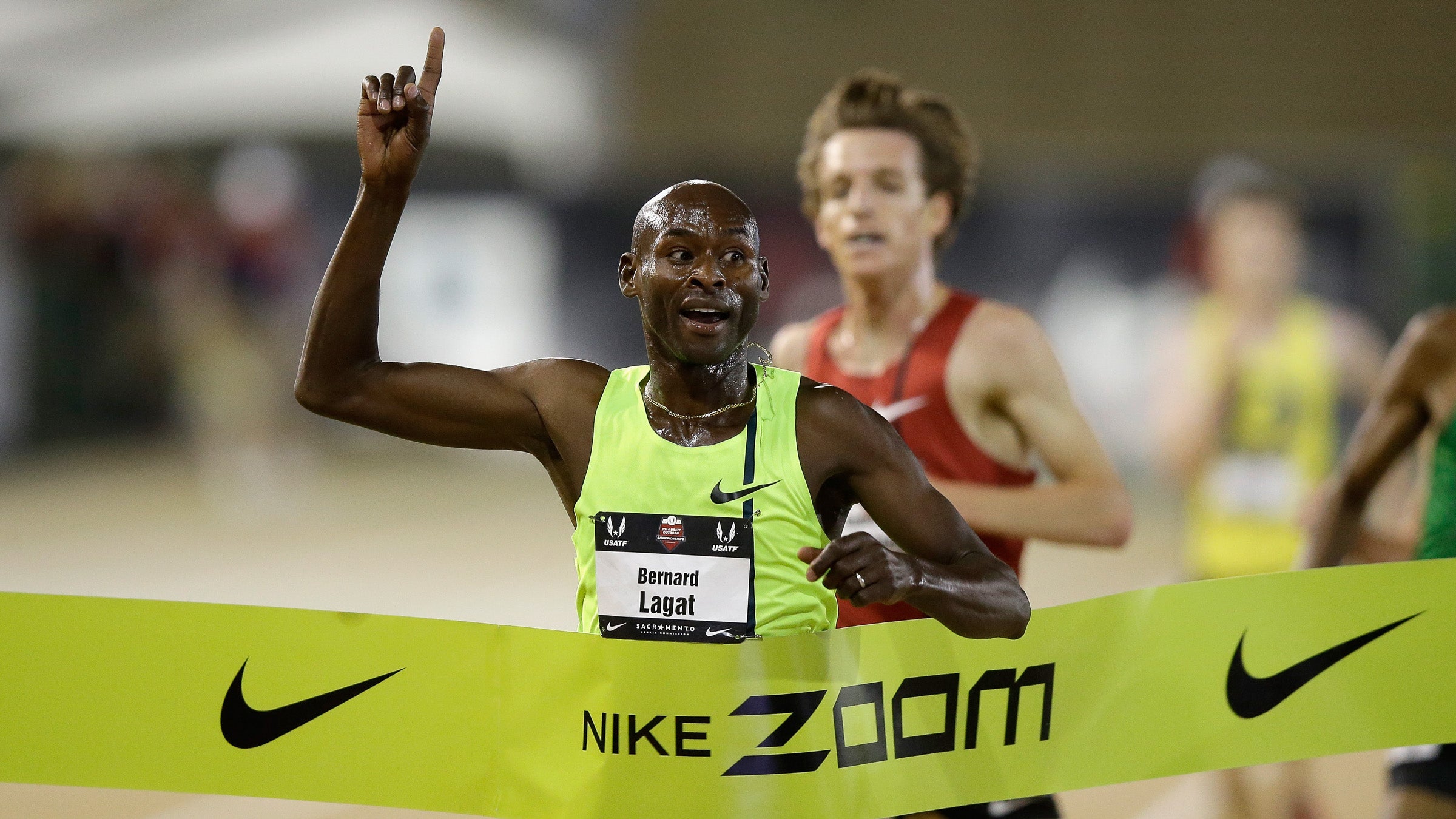Endurance athletes learn early on to equate hard work with improvement. It’s a universal experience: The first bit of hard work a beginner does yields better performance, and a little more hard work produces even better results. But there is a limit to how much hard work an athlete can benefit from. Many lose perspective and exceed their limit. They come to see hard work as the only path to improvement. If they lose a race or fall short of a goal, they respond by working harder. If they begin to feel lousy in their training as a result of working too hard, they work even harder. Hard work becomes a kind of security blanket, a reflexive answer to every question, every doubt.
The problem with drawing an absolute equivalence between hard work and improvement is that it encourages athletes to ignore how they feel. According to the psychobiological model of endurance performance, an athlete cannot improve except by changing her relationship with perceived effort. Training yields improvement by reducing the amount of effort an athlete experiences at any given speed. When an athlete’s training is on track, therefore, she should find that she is able to go faster and faster at the same level of perceived effort. Inevitably, there will be days when the athlete feels lousy and even brief periods of challenging training when everything feels hard, but the overall trend should be toward less effort at the same pace. A trend in the opposite direction indicates that the athlete is training too hard and becoming chronically fatigued. If the athlete ignores this warning and refuses to reduce her training load, her competitive performance will suffer.
In a 2002 study published in the Journal of Applied Physiology, Asker Jeukendrup of England’s Birmingham University put a group of cyclists through six weeks of varied training. During the first two weeks the athletes trained at their normal level. In week three, they were subjected to a massive increase in training load that continued through week four. At the end of that fourth week, the cyclists’ perceived effort at a power output of 200 watts (a relatively low intensity for these individuals) was 8.9 percent higher than it had been three weeks earlier, indicating severe fatigue. Not surprisingly, their time trial performance was down 6.5 percent over the same span.
Any athlete who was silly enough to attempt such an abrupt increase in training load on her own could use the spike in perceived effort that ensued to catch her mistake and then give her body a chance to recover. This was shown in the third part of Jeukendrup’s study, in which two weeks of reduced training caused perceived effort at 200 watts to drop to a level 9.5 percent lower than it had been after week one.
In the real world, athletes seldom double their training load from one week to the next, but they do routinely train a little too hard and ignore patterns of rising perceived effort even in low-intensity workouts. Each athlete has her own optimal training formula that is defined by individual physiological limits. Getting the most out of the training process requires that these personal limits be respected. An athlete gets herself into trouble when, instead of listening to her body and its intuitions, she begins to worry about what her competitors are doing and tries to “outwork” them. The answers to the most pressing questions that athletes face in their day-to-day quest for improvement (“Should I push? Should I back off?”) lie within them.
A coach may either help or hinder this train-by-feel approach—hinder it by forcing a one-size-fits-all methodology on every athlete, or help it by encouraging athletes to share how they feel and by saving athletes from themselves when they are tempted to do too much. But even the best coach cannot completely take the place of an athlete’s gut instincts.
Bernard Lagat is a good example. He began his running career in his native Kenya, where nearly all promising young runners are subjected to severe, unindividuated training that causes large numbers of them to burn out quickly. But instead of putting himself through this meat grinder Bernard chose to emigrate, attending the University of Washington, where he was coached by James Li, who shared Tim Noakes’s philosophy of doing the least amount of training that sufficed for goal attainment. Li’s measured program delivered three NCAA Championship titles to Bernard in his final year as a Husky.
After graduating, Bernard surprised many by staying with Li and continuing to train rather gently by elite standards. Unlike most of his peers, he ran just once a day, and every fall he took a five-week break from training. This balanced formula resulted in a remarkably extensive record of achievement that included 11 world championship medals between 2001 and 2014, and Olympic medals in 2000 and 2004. Bernard improved year after year without training harder, recording a career-best 12:53.60 for 5000 meters at age 36 and three years later becoming the oldest runner to win a world championship medal in a distance event, taking silver in the 3000-meter indoors.
In a 2011 interview for Flotrack, Bernard credited his prolonged greatness to moderation in training. “My coach always tells me, ‘We do not need to do unnecessary mileage,’” he said. “‘We do only the mileage that is going to benefit you.’ My body reacts so well to that kind of training. I feel strong the entire way. At the end of the season, I feel, ‘I can still do this, I can still run,’ because I did not burn myself out.”
How do athletes like Bernard Lagat manage to avoid the trap of the “hard work security blanket” while others get suffocated by it? Research by Michael Mahoney of the University of California and other psychologists has shown that certain personality (or coping) traits are more common in athletes who allow themselves to become overtrained. One of these traits, perhaps not surprisingly, is compulsiveness; the other is perfectionism.
Psychologists distinguish two types of perfectionism: adaptive and maladaptive. Adaptive perfectionism is a never-satisfied mindset that can have a positive influence on performance. Maladaptive perfectionism, on the other hand, often leads athletes to engage in self-destructive behaviors such as overtraining. This variety of perfectionism is known to be associated with low self-esteem and insecurity. Athletes who harbor a general feeling that they are never good enough are prone to overtrain in their unending quest to prove their worth. Confident athletes tend to be much more able to shape their training on the basis of rational internal observation.
The coping skill that is required to avoid overtraining is self-trust. An athlete must base her decisions on whether to push or back off on the messages that she receives from her own body rather than on what other athletes are doing or on a generalized fear of resting. This can be difficult for athletes who are lacking in the coping trait of self-assuredness, but understanding the psychobiological dynamics of overtraining—its true cause and cure—makes it easier.
Adapted from How Bad Do You Want It? by Matt Fitzgerald with permission of VeloPress.


